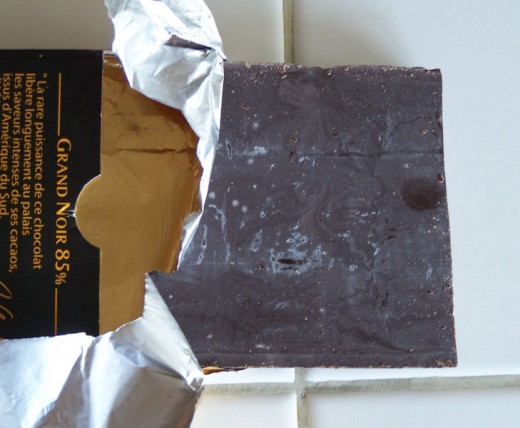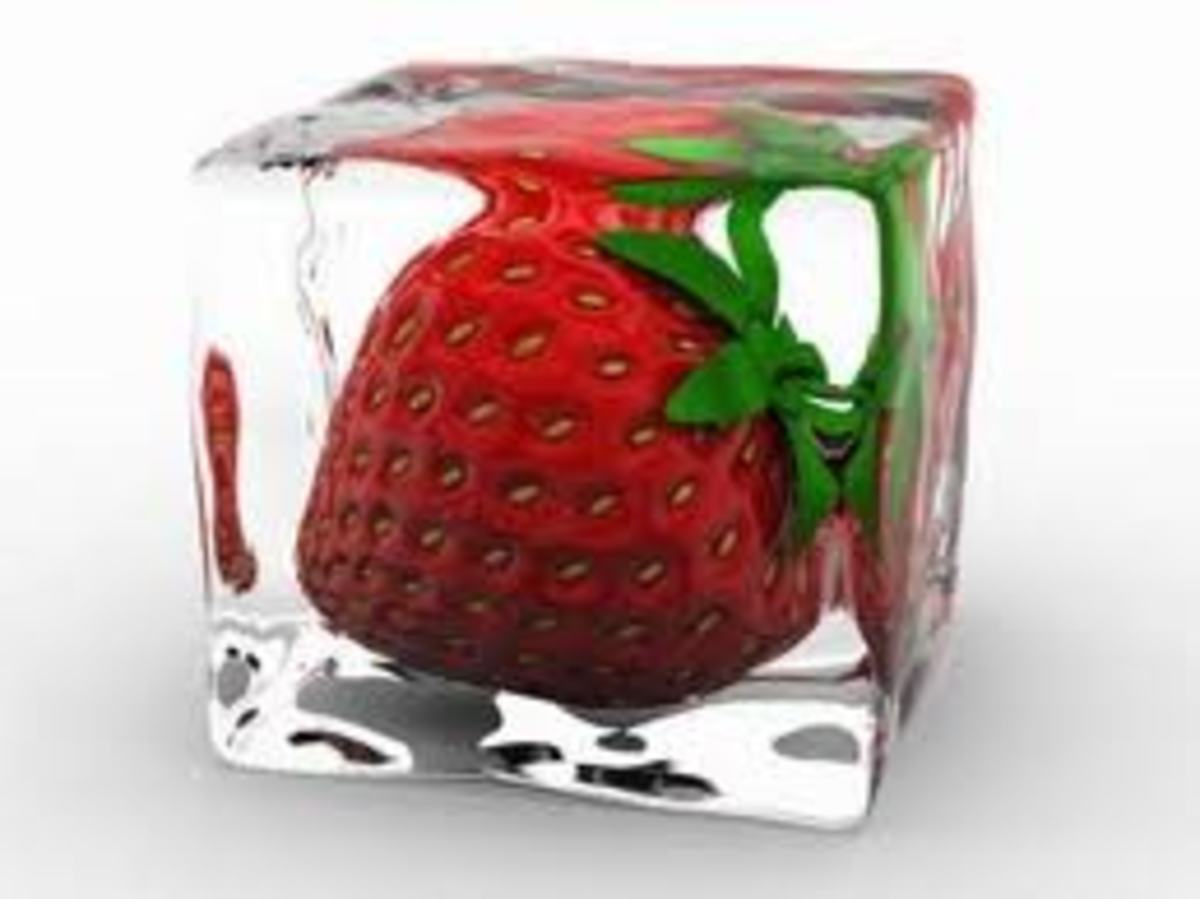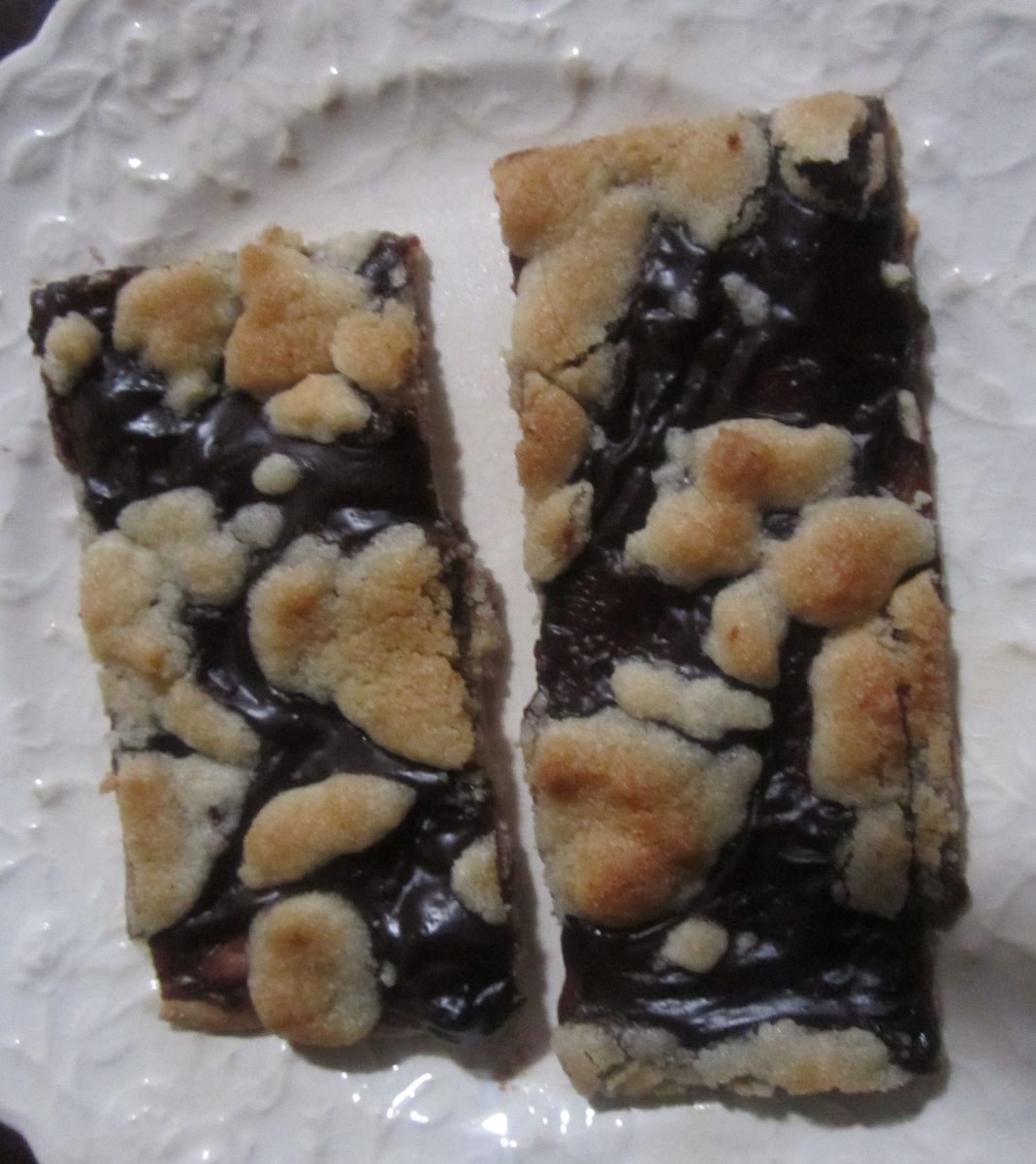How Solid Chocolate Is Made (and Why It’s Actually a Frozen Food)
What separates smooth, crisp, solid chocolate from a grayish, mushy blob, or a melted heap? It's all about temperature. Just like steel or glass, chocolate must be tempered carefully to produce the final, marketable result.
While at one time, chocolate tempering was done with a hairdryer, now there are sophisticated tempering machines that perform the tempering process.

What Is Tempering?
So what is tempering? It's a very slow, careful fluctuation in temperature that actually "teaches" the chocolate how to solidify. In fact, when you're eating a bar of chocolate, you're actually eating a frozen food.
A chocolate tempering machine works by heating chocolate to a very precise temperature, then cooling slightly and reheating, while mixing the chocolate in a regulated manner. The combination of heating to the exact temperature -- which is different for semi-sweet chocolate, milk and white chocolate -- and mixing just the right amount, causes the proper reaction to occur.
As chocolate cools and solidifies after tempering, it forms into a fantastic structure of little L-shaped crystals called Beta crystals that are locked together crisp and tight and are totally organized -- in perfect little stacks of crystals called tessellations. These stacks of Beta crystals don't let any air or light pass through. The glossy finish on a tempered bar of chocolate is actually light bouncing off those beta crystals -- just like a mirror. And you know that snapping sound when you break a bar of chocolate? That's the sound of Beta crystals breaking apart.
Why Temper Chocolate?
So if you temper melted chocolate, heating it slowly to 105 degrees F, and then slowly bringing it back down to 85 degrees, and then slowly heating it back up and stopping it at the "magic chocolate number" of 91 to 92 degrees, you can then go with confidence into the Willy Wonka phase of production, pouring the chocolate into molds, sending it through a long refrigeration unit, shaking it on a track all the way through, to get rid of the air bubbles -- and finally, when the chocolate comes out at the other end of the conveyor belt, it's in the shape of perfect, solid bars.
But if you skip the tempering step, and go straight from conching into molding, you'll wind up with -- well, have you ever seen a bar of chocolate that you left in a hot car overnight, maybe in your purse or backpack? It's crumbly, dry, and basically weird and icky, and maybe has a white film on the surface.

Is It Spoiled?
At this point, the chocolate isn't spoiled; it has simply "lost its temper" (literally).
But the big question is, can you still eat the chocolate like this?
Yes! (Thank goodness; wouldn't want to waste something like chocolate.)
When this happens, those super-organized little Beta crystals, because of the heat or the moisture in the car, have unlocked, and completely changed shape -- becoming round, rough, boulder-like moleculescalled "Alpha crystals" that are completely disorganized, jumping all over the place, letting all kinds of light and air pass through. This is why un-tempered chocolate is so dry and crumbly; all the air is going right through those crystals.
And the white stuff on top of the "bad" chocolate? That's not mold; it's called bloom, and it's just loose fat and/or sugar crystals that rise up and coat the bar when it comes into contact with too much heat, or too much moisture -- as in a hot car, or in the fridge, where there's lots of condensation.
So, if you ever wind up with bloomed chocolate, you don't have to throw it out. Instead, you can melt it down and bake with it! The flavors in the bloomed chocolate all come rushing back intact once you melt it down again -- so go ahead, bake brownies; they'll be amazing!
To keep chocolate in good shape in the first place, it is recommended to store chocolate under 70 degrees in a nice, cool pantry. The refrigerator is too full of moisture, and can cause bloom.
Source material courtesy of Lori Lovejoy, of Scharffenberger Chocolate Maker, San Francisco, CA.





